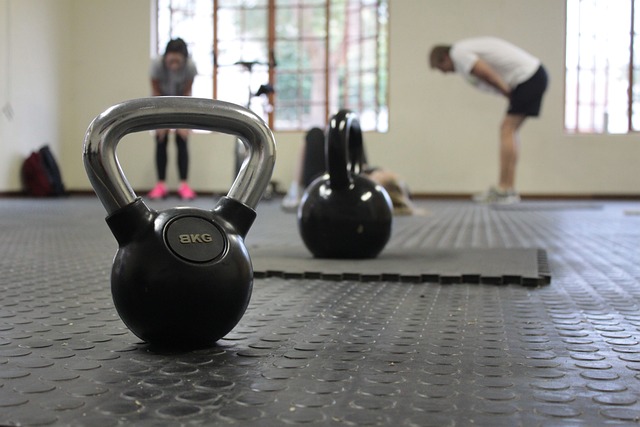Grip strength is more than just a measure of how firmly you can shake hands it’s a powerful indicator of overall health, longevity, and physical performance. Whether you’re an athlete, fitness enthusiast, or just looking to improve your daily functionality, building grip strength should be a top priority.
What Is Grip Strength?
Grip strength refers to the force generated by the muscles in your hand, fingers, and forearm. It’s commonly measured using a dynamometer and is often divided into three main types
- Crush grip Your ability to squeeze something.
- Pinch grip Your ability to hold something between your thumb and fingers.
- Support grip Your ability to hold onto something for a prolonged period.
Why Grip Strength Is Important
- Health Indicator Research shows a strong correlation between grip strength and overall health. Low grip strength has been linked to heart disease, diabetes, and even premature death.
- Longevity Predictor Studies suggest that grip strength is a better predictor of mortality than blood pressure in older adults.
- Functional Strength A stronger grip improves performance in everyday tasks like opening jars, carrying groceries, and lifting children.
- Athletic Performance Grip strength plays a key role in sports like climbing, tennis, weightlifting, and martial arts.
- Injury Prevention Strengthening your grip can reduce the risk of repetitive strain injuries and improve joint stability.
How to Measure Grip Strength
You can test your grip strength using a hand dynamometer. Simply squeeze the device as hard as possible and note the reading. Here are average grip strength ranges
- Men 90–120 lbs
- Women 55–75 lbs
(Values vary by age and fitness level.)
Top Exercises to Improve Grip Strength
- Dead Hangs Hang from a pull-up bar for time. Great for building support grip.
- Farmer’s Carries Walk while holding heavy dumbbells or kettlebells.
- Plate Pinches Hold weight plates together between your fingers and thumb.
- Hand Grippers Portable tools that help build crush strength.
- Towel Pull-Ups Wrap a towel around a bar and do pull-ups for increased difficulty and grip activation.
Grip Strength and Aging
As we age, muscle mass and strength naturally decline a condition known as sarcopenia. Maintaining grip strength can slow this process and help preserve independence in older adults.
Building Grip Strength Safely
- Start with manageable resistance and gradually increase intensity.
- Incorporate grip training 2–3 times per week.
- Prioritize recovery don’t over train small muscles.
- Combine grip work with compound lifts like deadlifts and rows.
Grip strength is a simple yet powerful measure of your overall health and fitness. Whether you’re lifting weights or lifting groceries, a strong grip enhances performance, protects against injury, and can even extend your life. Start incorporating grip exercises into your routine today and feel the difference.


